One of the most significant advantages of Outer Stranding lies in its ability to create cables that balance resilience and pliability in equal measure. By tailoring the twist, pitch, and angle during Outer Stranding, manufacturers achieve grooves and clearances that let individual strands move slightly under load, distributing stress more evenly. Such a mastery of Outer Stranding prevents premature fatigue and drastically increases the working life of ropes in oil‑rig winches, crane hoists, and elevator systems. I often describe Outer Stranding as the secret ingredient that turns ordinary steel strands into super‑alloys of flexibility.
When it comes to the actual process, the Outer Stranding methodology involves placing pre‑stranded cores through a braiding station where secondary strands are added and carefully tensioned. In the field, technicians must monitor torque, additional wraps, and angular momentum precisely—any deviation can undermine the benefits of Outer Stranding. When performed correctly, Outer Stranding reduces internal friction and enhances the cable’s ability to withstand bending over sheaves and pulleys. Observing this technique in action is like watching a choreographed dance of steel that emerges perfectly symmetrical and ready for duty.
Material selection plays a pivotal role in advanced Outer Stranding systems. High‑performance alloys, stainless steel, and even synthetic fibers can serve as the base strands, while outer layers may incorporate epoxy‑coated or galvanic layers for corrosion resistance. Reinforcements in Outer Stranding, such as polymer matrix composites or aramid fiber wraps, further enhance cut resistance and abrasion longevity. In my laboratory tests, cables made with reinforced Outer Stranding showed up to a 40% improvement in cut life over standard constructions.
 boo@zjmgmm.com / 958587858@qq.com
boo@zjmgmm.com / 958587858@qq.com English
English русский
русский Español
Español عربى
عربى
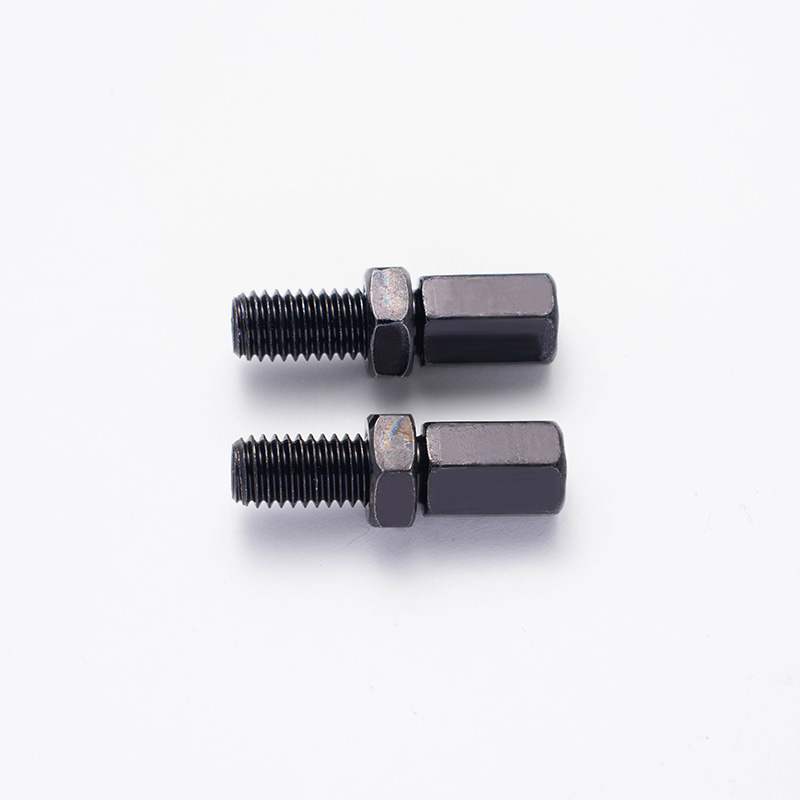
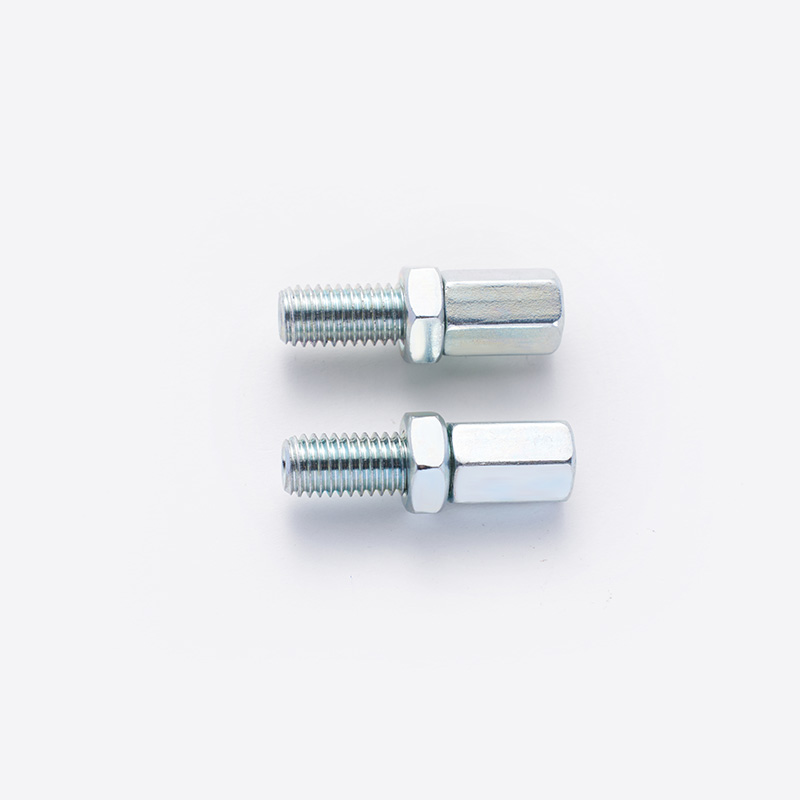
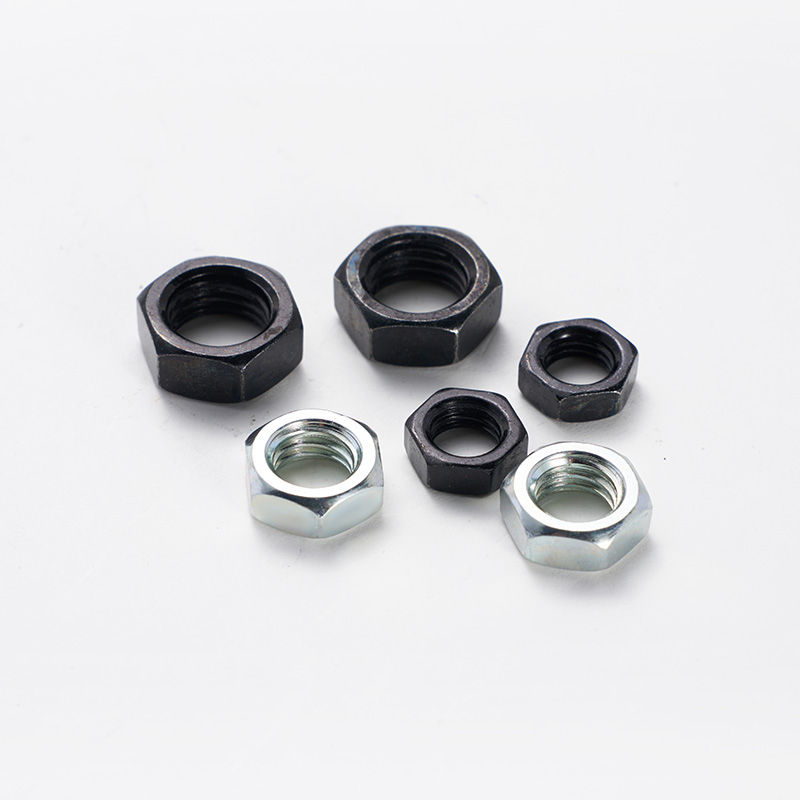
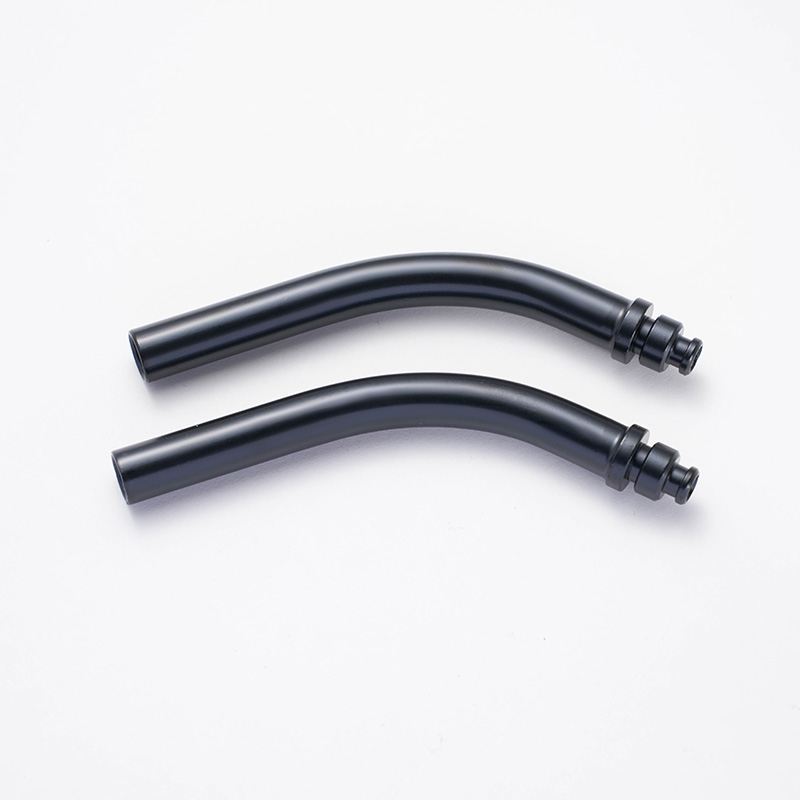

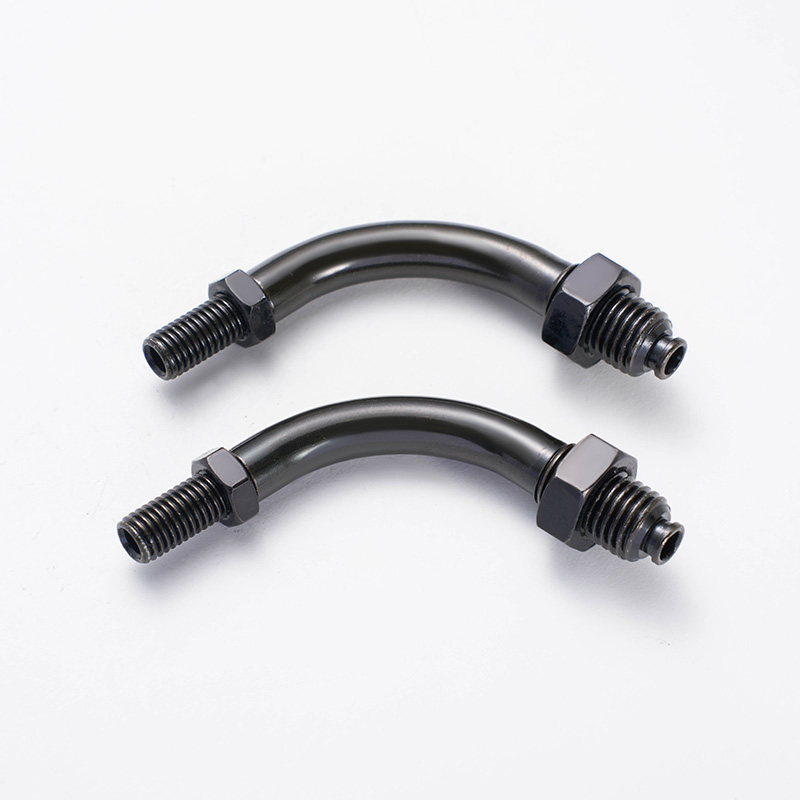

 English
English  Building 33, Demonstration Park, No. 318 Chenguang Road, Eastern New District, Wenling City, Taizhou City, Zhejiang Province, China
Building 33, Demonstration Park, No. 318 Chenguang Road, Eastern New District, Wenling City, Taizhou City, Zhejiang Province, China  0086-576-86337978
0086-576-86337978  0086-576-86333878
0086-576-86333878
 boo@zjmgmm.com
boo@zjmgmm.com 